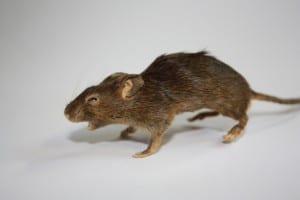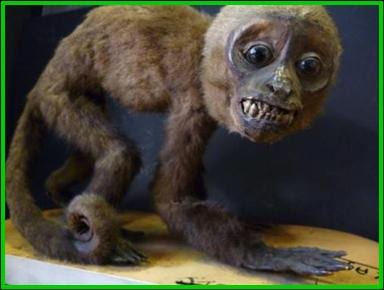 Nine blogs away from the big 1-0-0! Woooo! Not yet though, I, and you, must at least attempt to contain our excitement. This won’t help though- In the run up to the 100th blog I am going to bring to you the top ten specimens at the Grant Museum, as voted for by…. me. I have employed strict criteria with which to segregate the top ten from the other 67,990 specimens that we have in our care…
Nine blogs away from the big 1-0-0! Woooo! Not yet though, I, and you, must at least attempt to contain our excitement. This won’t help though- In the run up to the 100th blog I am going to bring to you the top ten specimens at the Grant Museum, as voted for by…. me. I have employed strict criteria with which to segregate the top ten from the other 67,990 specimens that we have in our care…
1) It must not be on permanent display, giving you a little behind-the-scenes magic, if you will, as the specimen will then go on display for the week of which it has been named ‘Specimen’. Oh yes. That’s almost as good as our exhibition It Came From The Stores. Almost.
2) It must have at some point in the past made me say ‘woooo’ out loud (given my childlike disposition for expressing wonderment at the world at large, this is not necessarily a hard qualification for the specimen to achieve)
3) I must know (at least in a vague sort of a way) what species the specimen is, as SotW is researched and written within a strict one hour time frame.
With that in mind, at Number Ten, this week’s Specimen of the Week is…
(more…)
 Close
Close





